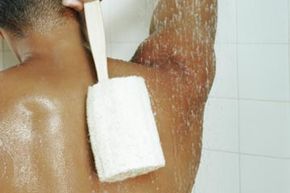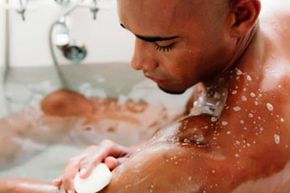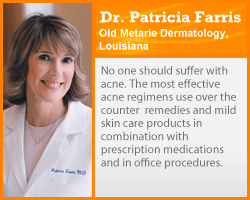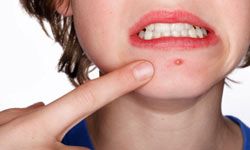Driving lessons, first dates and facial acne are all awkward rites of passages for most teen guys. Even after they've mastered parallel parking and ordering in fancy restaurants, however, some guys struggle with acne -- most of the time it shows up on the face, but it can appear elsewhere on the body, too.
Why does acne linger -- and sometimes get even worse? Body oil, or sebum, is produced in sebaceous glands within the skin. It travels through tubes called follicles to pores on the surface, where it draws dirt and dead cells.
Advertisement
Sebum is a good thing -- oil coats the skin and keeps it from drying out. But when your sebaceous glands produce too much oil, the sebum can also plug the follicles and provide a breeding ground for the bacteria P. acnes. The skin grows inflamed and irritated, erupting into whiteheads, blackheads and pimples. These unsightly bumps are temptingly easy to pop and pick at, which can deepen the infection and lead to permanent scarring.
The hardest hit areas are those with the most sebaceous glands: the face, back and chest. They're aggravated further by friction from clothes rubbing against the skin. High levels of the male hormones androgen and testosterone play a role by increasing oil production and hair growth. Additionally, anabolic steroids and androstenedione (a testosterone precursor) may promise muscles like Arnold Schwarzenegger's -- but they'll also cause a galaxy of pimples that makes it embarrassing to flaunt them (on top of more harmful effects).
In this article, we explain how to choose body acne cleansers to unclog pores and clear out bacteria. We'll give you hints for applying them to improve their usefulness, too.
Advertisement




